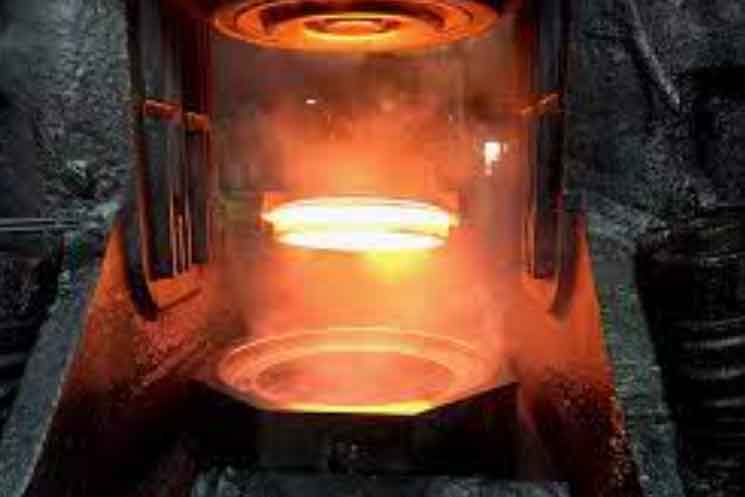The art of gear forging is a meticulous process that involves crafting high-quality gears with precision and skill. Gear forging combines the expertise of metallurgy, engineering, and craftsmanship to produce gears that meet stringent quality standards and excel in demanding applications. Let’s explore the key aspects of the art of gear forging:

Material Selection:
The process begins with selecting the appropriate material for the gear forging. Factors such as load requirements, operating conditions, and desired gear characteristics are considered to determine the ideal material. Common materials used for gear forging include carbon steels, alloy steels, and stainless steels, each offering unique properties to suit specific application needs.
Design and Engineering:
Gear design plays a crucial role in determining the gear’s performance, load-carrying capacity, and efficiency. Engineers analyze the application requirements and design gears with the desired tooth profile, pitch, pressure angle, and other parameters. The gear design is optimized to ensure proper meshing, minimize noise and vibration, and maximize power transmission efficiency.
Die Design and Manufacturing:
The next step is the design and manufacturing of high-quality dies. Dies are precision tooling components that shape the heated metal during the forging process. Experienced die designers create dies with intricate features to replicate the desired gear tooth profile accurately. The die manufacturing process involves precision machining and heat treatment to ensure dimensional accuracy and durability.
Forging Process:
The forging process starts with heating the chosen material to a specific temperature that allows it to be shaped. The heated metal is then placed into the die and subjected to controlled compressive forces. This force shapes the metal into the desired gear form, imparting strength and aligning the grain structure for optimal performance. The forging process may involve multiple steps, such as pre-forging and finish-forging, to achieve the desired gear shape and properties.
Precision and Tolerances:
Gear forging requires precision and tight tolerances to ensure the accuracy of the final gear. Skilled craftsmen and forging equipment operators monitor and control critical parameters such as temperature, pressure, and forging speed to achieve the desired results. Careful attention is given to maintaining dimensional accuracy, tooth profile integrity, and surface finish to meet the exacting requirements of the gear design.
Heat Treatment:
Heat treatment is a vital step in gear forging that enhances the mechanical properties of the gear. After the forging process, the gears undergo heat treatment processes such as quenching and tempering. This helps to refine the grain structure, improve hardness, and optimize the gear’s strength, toughness, and wear resistance. Heat treatment ensures the gears can withstand the rigors of demanding operating conditions.
Finishing Operations:
Once the forging and heat treatment are complete, the gears undergo finishing operations. These include processes like machining, grinding, and honing to achieve the final gear dimensions, surface finish, and tolerances. Finishing operations ensure proper meshing, noise reduction, and smooth operation of the gears.
Quality Assurance:
Throughout the gear forging process, quality control measures are implemented to ensure the gears meet strict quality standards. Non-destructive testing methods, such as ultrasonic testing or magnetic particle inspection, may be employed to detect any internal defects. Dimensional inspections, hardness testing, and metallurgical analysis are also performed to verify the gear’s quality and adherence to specifications.
The art of gear forging combines expertise, precision, and craftsmanship to create high-quality gears that excel in demanding applications. Through careful material selection, precise design and engineering, meticulous forging processes, and rigorous quality control, gear manufacturers produce gears that offer superior strength, durability, and performance. The artistry of gear forging is a testament to the dedication and skill required to craft gears that meet the highest standards of quality and reliability.
